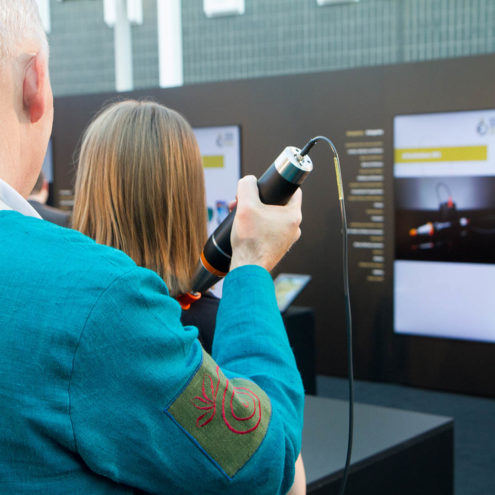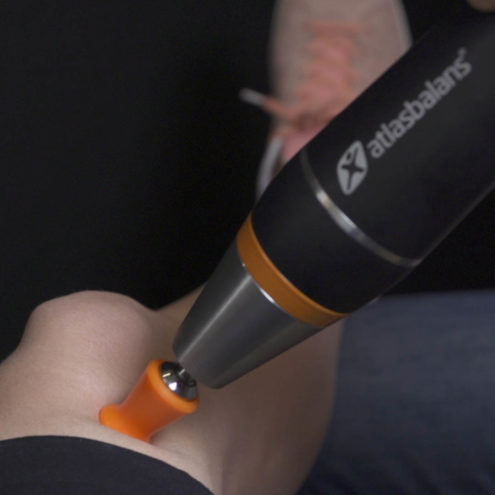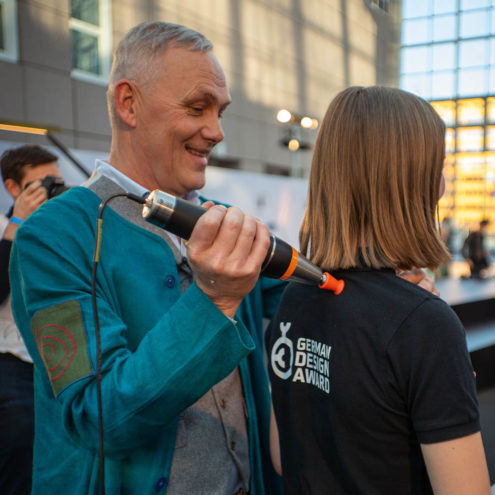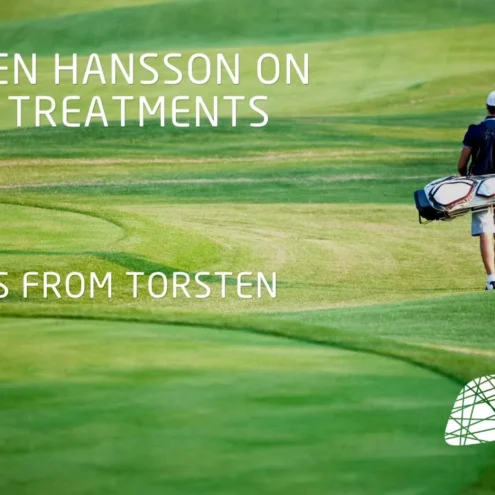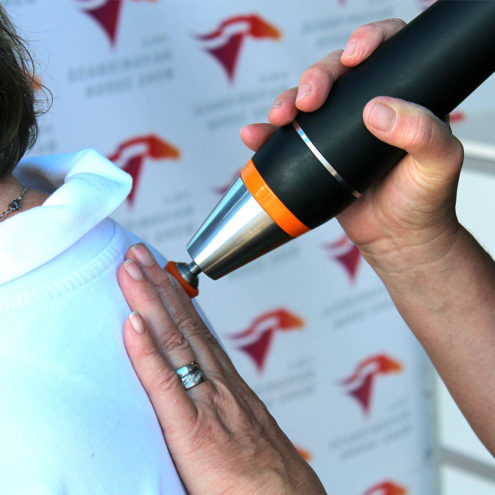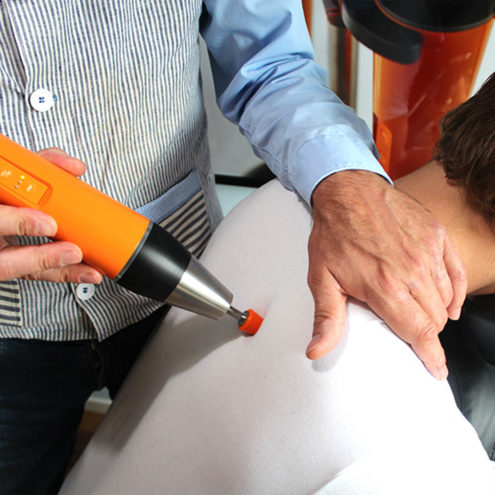Meniscus Injury Treatment

In our knee joint there are two crescent-shaped cartilage discs, called menisci. These act as shock absorbers for the joint, but they also stabilize and correct the load between the femur and the lower leg. Menisci are subjected to many different stresses. For example, they must be able to support a large part of our body weight, while also coping with sudden changes in direction and twisting of the knee joint. This puts the menisci at risk of being overloaded and injured. Meniscus injuries are very common in sports, where knees are often under a lot of strain.
What causes Meniscus Injury?
Meniscus injuries are usually divided into traumatic and degenerative. In traumatic meniscus injuries, it is usually the inner (medial) meniscus that is affected. The inner meniscus is interwoven with the inner collateral ligament and therefore does not have as much range of motion as the outer one. Traumatic meniscal injuries are often caused by a slight bending of the knee joint with a strong twist. In sports such as football, basketball and rugby, meniscus injuries are common. The injury usually occurs when there is a sudden change in direction where the knee is twisted and the foot is stuck to the ground.
Degenerative meniscus injury is described as the result of years of repetitive strain that wears down our menisci. Often, a degenerative meniscus injury is not associated with a previous trauma to the knee joint. It is not uncommon for a degenerative meniscus injury to occur alongside osteoarthritis, but which of the conditions developed first can be difficult to know. The deterioration in the quality of the menisci means that it will not take as much trauma to the knee joint to sustain an injury. Degenerative meniscus injuries can be both asymptomatic and painful.
Why do you get a meniscus injury?
Most often, acute injuries to the meniscus occur during physical activity where the knee joints are subjected to a lot of sudden and violent rotations such as football, basketball or rugby.
Degenerative meniscus injuries often affect middle-aged and older people where the menisci have been exposed to long-term wear and tear. If the menisci are of poorer quality, the risk of injury will increase.
What are the symptoms of Meniscus Injury?
Sharp pain when squatting or twisting the knee
Swelling in the knee.
Pain in the knee joint with mechanical symptoms such as locking and popping.
It hurts when you touch the area where the injury is located.
Feeling of weakness and the knee giving way “and giving in”.
Difficult to stretch the knee.
A degenerative meniscus injury may be asymptomatic but can cause pain in combination with mechanical disorders.
When and where should I seek treatment for Meniscus Injury?
If you suspect a more serious injury to your meniscus after a trauma, you should seek medical attention for a check-up and assessment. If your meniscus has suffered a minor injury, you can get good help from Fascia Clinics. It is a good idea to seek help as soon as possible to avoid aggravating the problem and causing further compensatory damage.
There are more reasons for knee pain than meniscus injuries, here you can read more about knee pain.
How is Meniscus Injury treated?
At the FasciaClinics, we do an analyze the whole body is done to see where compensations and misalignments exist and how they may have affected the knees. If there is a primary misalignment in the body, imbalances can spread further in the body so that muscles, joints and tendons are more easily overstressed. A fascia treatment for meniscus injuries involves balancing the body to make the load on the knee joints more even. A more even load will reduce the wear and tear on the meniscus and other structures, thereby reducing the risk of injury.
Meniscus injury – What can I do myself?
Knees are stressed in different positions and in all directions, so it is important to train to adapt the joints to withstand what they will eventually be exposed to. It is important to include both strength and mobility in the training. It is also important to train the stability of the ankles and feet.
Training your core muscles also reduces stress on your knees. Strengthening the glutes for a stable pelvis and to avoid excessive inward rotation of the knee joint is also important.
Meniscus Injury Exercises
If you have a major meniscus injury, you may need surgery. This is followed by rehabilitation to increase strength, balance and mobility in the knee.
In the case of a minor meniscus injury, it’s good to keep the knee moving as it promotes circulation and healing. Unlike muscles, menisci do not contain many blood vessels. Having the right type of intensity in exercise is therefore very important to maintain good circulation in the knee joint and to avoid knee pain, swelling and/or locking
Meniscus injury healing time
Factors Affecting Healing Time
Several factors can affect the time to recovery, including the location and type of the injury, the age of the individual, general health and how quickly treatment is started. The outer part of the meniscus, which has a better blood supply, tends to heal faster than the inner part. When the inner meniscus is injured, the inner collateral ligament is often also affected. This is because the ligament and the meniscus are interwoven via collagen fibers.
Average healing time for different types of meniscus injuries
Minor injuries can heal in a few weeks, while more serious injuries may require several months. Surgically treated injuries may also have longer recovery times depending on the extent of the procedure and the rehabilitation process.
Treatment options for meniscus injuries
Conservative treatment and its effect on healing time
Conservative treatments include the RICE method (rest, ice, compression, elevation), physiotherapy and anti-inflammatory medications. These methods can be effective in managing minor injuries and facilitating healing.
Surgical procedures and recovery
For more serious injuries, surgery may be necessary to repair or remove damaged cartilage. After surgery, a comprehensive rehabilitation process is required and is crucial for a successful recovery.
The importance of physiotherapy and rehabilitation
Whether the treatment is conservative or surgical, physiotherapy is a critical component of recovery. An individualized rehabilitation program can help restore strength, mobility and function to the knee.
 Search
Search









